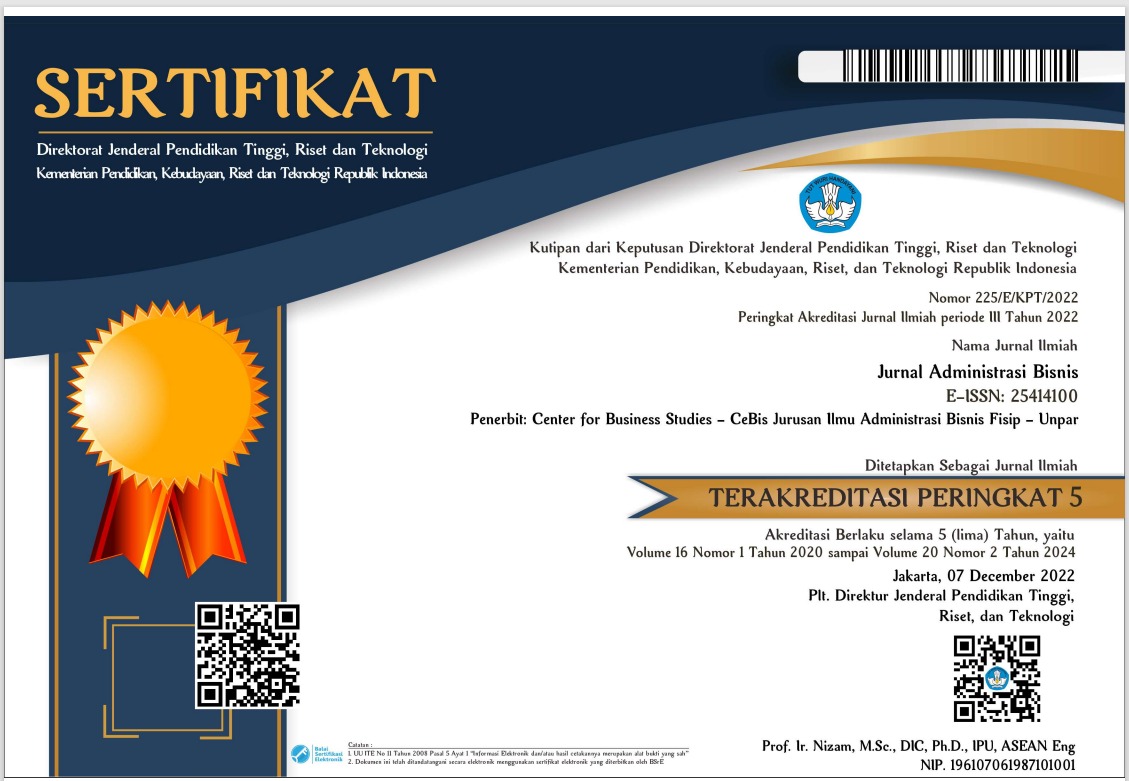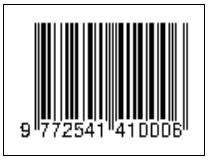Manajemen Kenaikan Tarif PAM Untuk Peningkatan Akses Air Bersih Bagi Seluruh Masyarakat
DOI:
https://doi.org/10.26593/jab.v6i2.378.%25pAbstract
World population growth causes increasing of demand for clean water. On the otherhand, at this moment, the Public water Utilities (PAMs) in various cities, especially
in developing countries, unable to meet the needs of the entire population, especially
poor families. Usually the price of piped water is very low. On the other hand, the
poor that no access to piped water pay more than the rich that have access.
Usually, PAMs cannot serve the poor because they do not have fund to develop
the new network. Furthermore, increase of water rates is necessary to collect money
for investment and service improvement. The tariff management must ensure all
objectives of public utilities such as: all families have minimum needs; water conversion;
as well as PAMs have required profits are important in public water utilities.
Very low tariff that make PAMs do not receive minimum profit for investment in
services and increase coverage area also directly make other objectives fail.
The tariff plan of PAM Bandung municipality (PDAM) period 2006-2010 is
used to describe tariff management planning. Actual condition in 2010 is also provided
to compare the planning and result. Because limitation of data, this study
assume the planning is implemented.
Based on the data, this study concludes that the tariff management of PDAM is
success increase profit but fail improve household connections. Ironically, the connections
for the household go down and connections for the business go up. The tariff
of PDAM, although they manage the increasing of tariff, cannot be categorized as the
tariff increase to raise coverage area but increase to adjust the inflation.
Keywords: water, public water utilities (PAMs), tariff, poor household
Downloads
Issue
Section
Articles
License
The submitted article has never been previously publish in scientific journals, proceedings, or other electronic journals. The copyright of the accepted articles are belongs to Jurnal Administrasi Bisnis (JAB).












